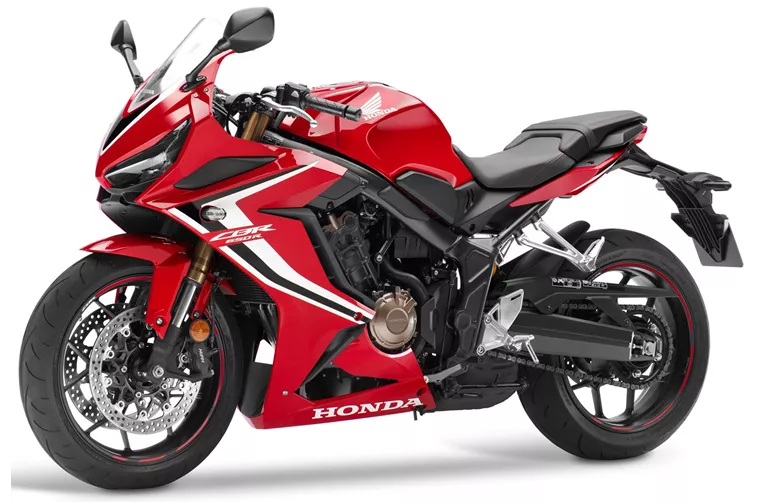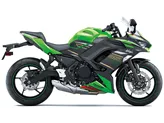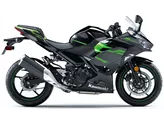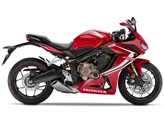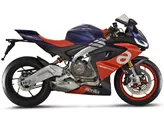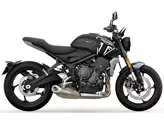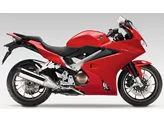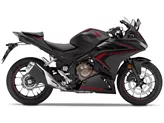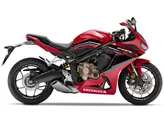Honda CBR650R 2019 vs. Kawasaki Ninja 650 2017
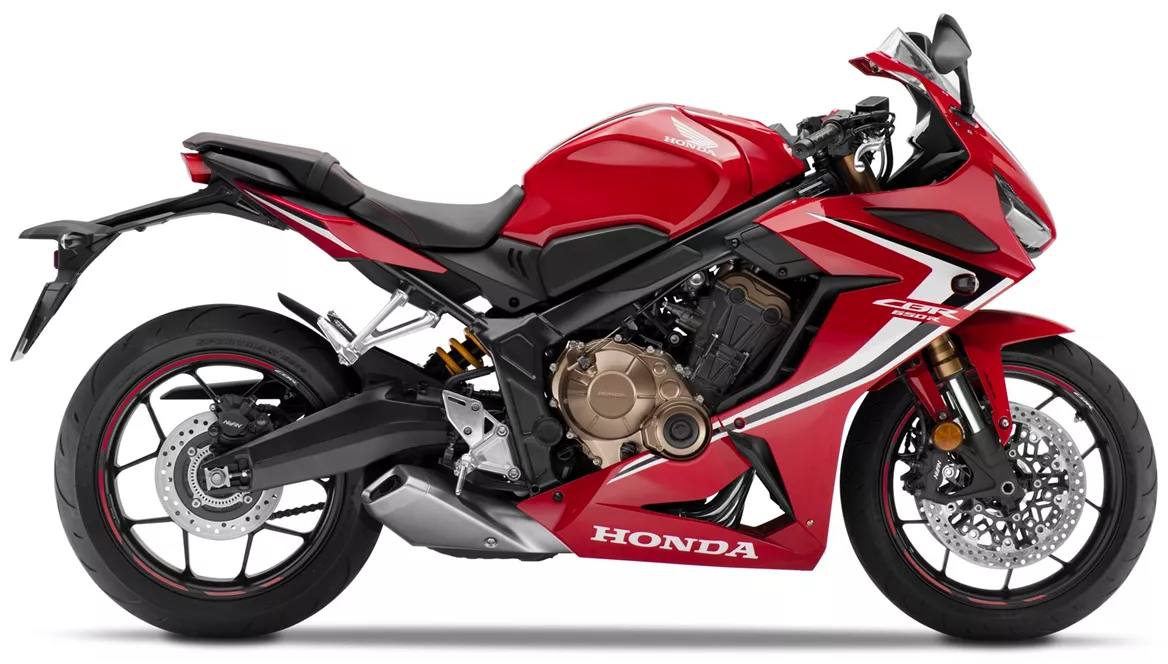
Honda CBR650R 2019

Kawasaki Ninja 650 2017
Pregled - Honda CBR650R 2019 vs Kawasaki Ninja 650 2017
The Honda CBR650R 2019 and the Kawasaki Ninja 650 2017 are both popular supersport motorcycles in their respective model years. While they share some similarities in terms of engine type, displacement, and advanced rider assistance systems such as ABS, there are notable differences in their technical specifications and overall performance.
Starting with the engine and drive train, the Honda CBR650R 2019 features a four-cylinder, in-line engine with a bore of 67 mm and a stroke of 46 mm. It delivers a powerful engine power of 95 HP and a torque of 64 Nm, with a compression ratio of 11.4. On the other hand, the Kawasaki Ninja 650 2017 is equipped with a two-cylinder, in-line engine with a larger bore of 83 mm and stroke of 60 mm. It has a slightly lower engine power of 68.2 HP but a slightly higher torque of 65.7 Nm, with a compression ratio of 10.8.
In terms of suspension, the Honda CBR650R 2019 features an upside-down telescopic fork with a diameter of 41 mm at the front, while the Kawasaki Ninja 650 2017 has a telescopic fork with the same diameter. Both motorcycles have a swing arm suspension at the rear, with a monoshock and preload adjustment.
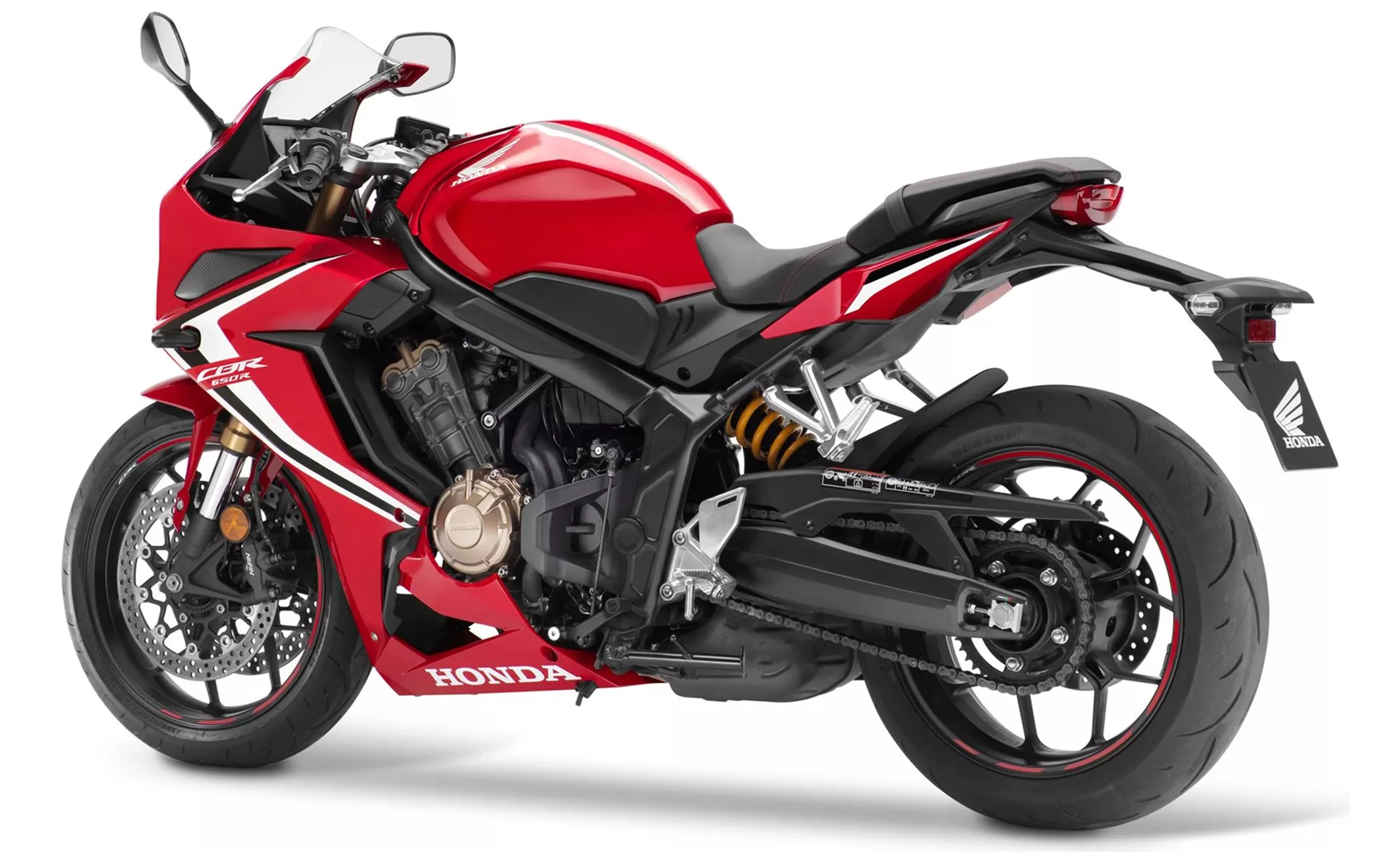
Honda CBR650R 2019
When it comes to the chassis, the Honda CBR650R 2019 has a steel frame with a twin tube design, while the Kawasaki Ninja 650 2017 has a steel frame with a tubular design. The rake and trail measurements also differ slightly, with the Honda CBR650R 2019 having a rake of 64.5 degrees and a trail of 101 mm, and the Kawasaki Ninja 650 2017 having a rake of 65.5 degrees and a trail of 100 mm.
In terms of braking, both motorcycles are equipped with double disk brakes at the front, but the Honda CBR650R 2019 has larger diameter disks of 320 mm compared to the 300 mm disks on the Kawasaki Ninja 650 2017. The Honda CBR650R 2019 also features wave technology for its front brakes, while the Kawasaki Ninja 650 2017 has petal technology.
In terms of dimensions and weights, both motorcycles have the same front tire width of 120 mm and front tire diameter of 17 inches. However, the Honda CBR650R 2019 has a wider rear tire width of 180 mm compared to the 160 mm on the Kawasaki Ninja 650 2017. Both motorcycles have the same rear tire diameter of 17 inches. The Honda CBR650R 2019 also has a slightly longer wheelbase of 1450 mm compared to the 1410 mm on the Kawasaki Ninja 650 2017. The seat height is higher on the Honda CBR650R 2019 at 810 mm compared to the 790 mm on the Kawasaki Ninja 650 2017. The Honda CBR650R 2019 is also slightly heavier with a kerb weight of 208 kg compared to the 193 kg of the Kawasaki Ninja 650 2017. Both motorcycles have similar fuel tank capacities, with the Honda CBR650R 2019 having 15.4 liters and the Kawasaki Ninja 650 2017 having 15 liters.

Kawasaki Ninja 650 2017
In terms of strengths, the Honda CBR650R 2019 is praised for its very elastic four-cylinder engine, sufficient comfort for longer tours, good wind protection, great looks, and being easy to operate. It is also A2 suitable, making it accessible for riders with restricted licenses. On the other hand, the Kawasaki Ninja 650 2017 is known for its transparent chassis for sport, playful and good-natured handling, excellent brakes, sharp looks reminiscent of the ZX-10R, and a resilient engine.
However, the Honda CBR650R 2019 does have some weaknesses. It is reported to have a drone below 4,500 rpm, and some riders feel that the suspension could be a touch sportier. The rear brake is also mentioned as a potential weakness. For the Kawasaki Ninja 650 2017, there are reports of little sound from the stock exhaust and slight vibrations from the engine.
In conclusion, both the Honda CBR650R 2019 and the Kawasaki Ninja 650 2017 have their own strengths and weaknesses. The Honda CBR650R 2019 offers a more powerful engine, better suspension, and larger front brakes, while the Kawasaki Ninja 650 2017 boasts a more resilient engine and a slightly lighter weight. Ultimately, the choice between the two will depend on the rider's preferences and priorities.
Tehnične specifikacije Honda CBR650R 2019 v primerjavi z Kawasaki Ninja 650 2017
Primerjava prednosti in slabosti
Primerjava prednosti in slabosti
Honda CBR650R 2019
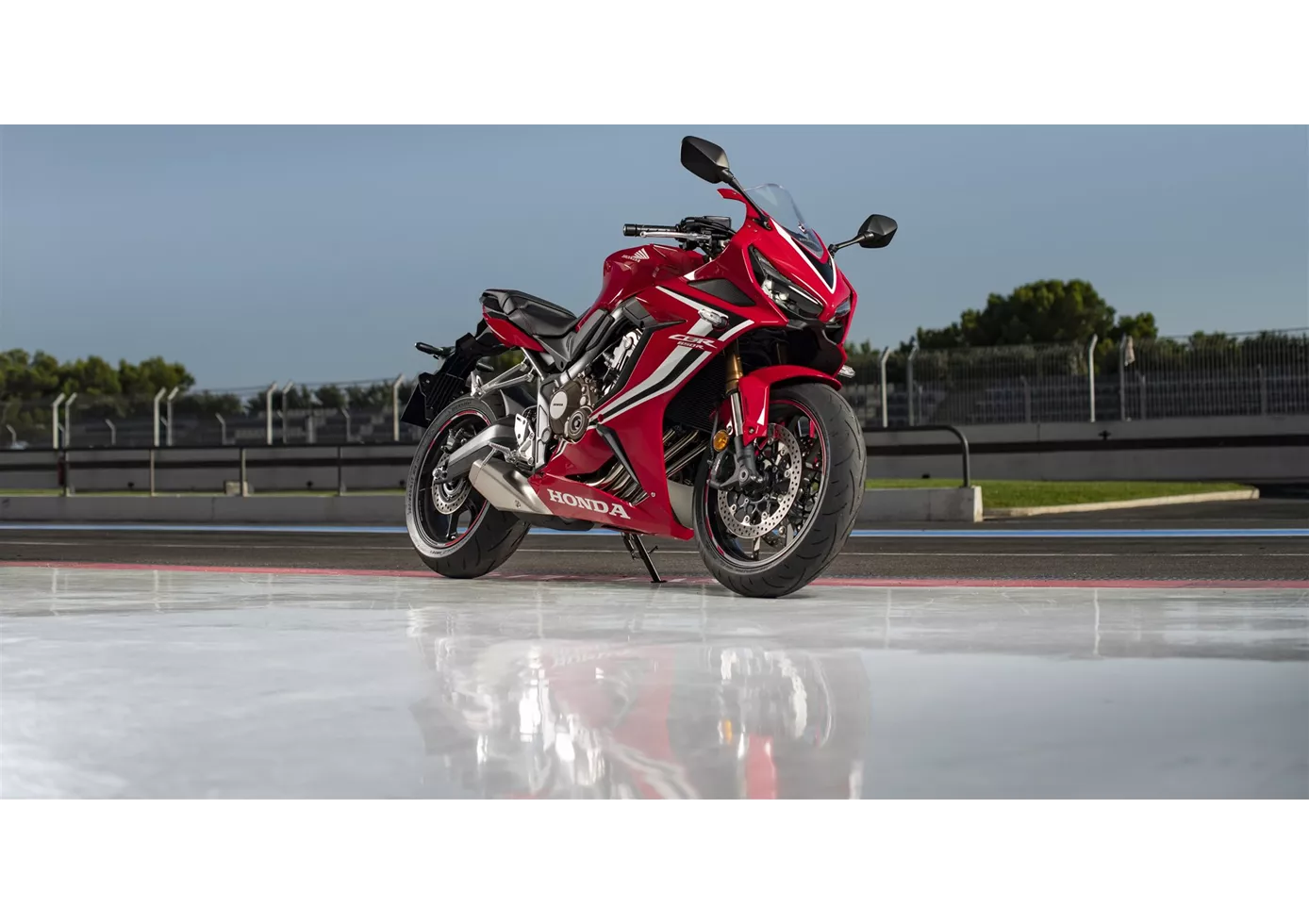
The new CBR650R takes the spirit we know from classic four-cylinder sports tourers and brings it into the modern era. Thanks to the good engine tuning, you don't have to worry about being left behind by your two-cylinder friends, especially as you are rewarded with a lovely sound across the rev range. Unfortunately, however, there can be too much sound, as the roar below 4,500 rpm proved. On the chassis and seating position side, a compromise has been found that allows the CBR650R to cope well with everyday riding, as well as longer tours and house track hunts.
Kawasaki Ninja 650 2017

Ninja 650 močno zaznamuje svojega predhodnika (Er-6f). Motor se je dobro spopadel z zahtevami Euro 4 in ponuja zelo uporabnih 68 KM, podvozje je preprosto odlično za ta razred, za 18(!) kilogramov manjša teža v primerjavi z modelom ER-6f pa upravičuje spoštljivo prikimavanje.
Primerjava povprečnih tržnih cen Honda CBR650R vs Kawasaki Ninja 650
There are a few key differences between a Honda CBR650R 2019 and a Kawasaki Ninja 650 2017. It takes less time to sell a Honda CBR650R with 45 days compared to 96 days for a Kawasaki Ninja 650. Since model year 2019 1000PS.de editors have written 14 reviews for the Honda CBR650R and 20 reviews for the Kawasaki Ninja 650 since model year 2017. The first review for the Honda CBR650R was published on 10/8/2018 and now has more than 53,700 views. This compares to more than 79,600 views for the first review on Kawasaki Ninja 650 published on 10/4/2016.
